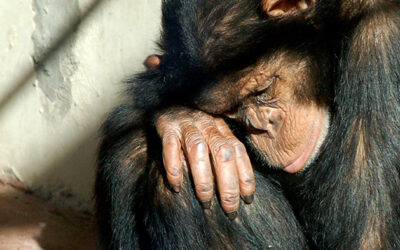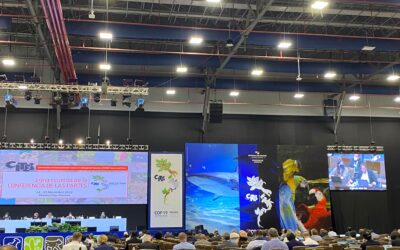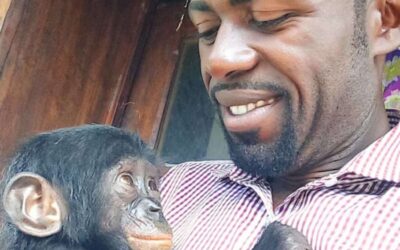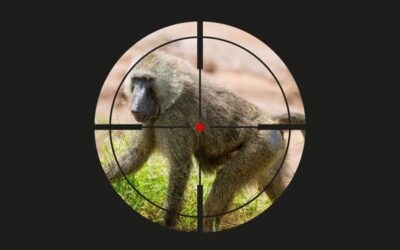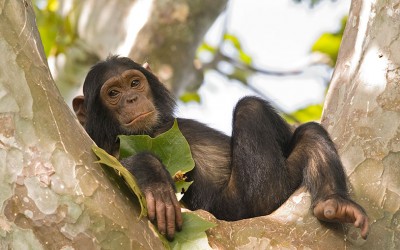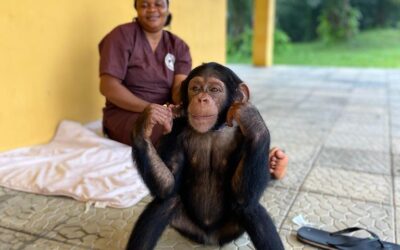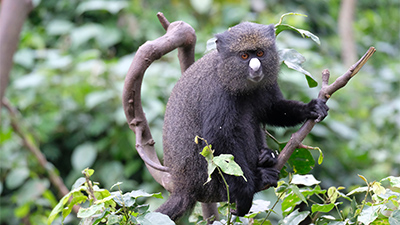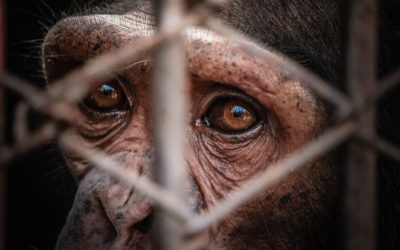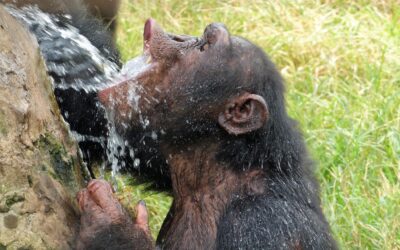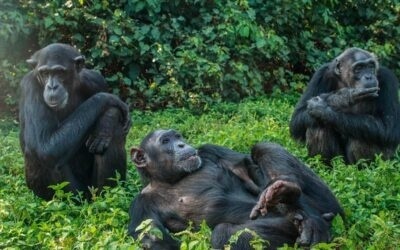Empowering Women Through Conservation
Offering Opportunities for Women Is a Responsibility Conservationists Should Consider
By Natasha Tworoski
Conservation efforts can often carry a despairing feeling of moral conflict, particularly in countries with high levels of poverty and severe human rights issues. Is it right to demand a community not to hunt native species when they are facing famine, disease and sometimes even war? Some conservation groups are finding incredibly successful ways to create a win-win outcome. Even more impressively, some organizations are reaching out to women specifically, who frequently are not provided the education or training needed to get started in small business management.
In Colombia, Proyecto Titi is a conservation organization working to protect the last cotton top tamarins. This small monkey only exists in one area of Colombia and is listed as critically endangered. Due to their tendency to develop colon cancer, over 20,000 monkeys were taken from the wild in the 1970s for laboratory research. While laws today have successfully stopped this threat, the illegal pet trade and habitat loss continue to cause the monkey’s numbers to dwindle. Proyecto Titi combines field research and public outreach to work towards saving this special monkey.
Additionally, Proyecto Titi has instituted a wildly successful program that started with organizing a women’s artisans cooperative. This co-op consists of local Colombian women who receive training on how to run a small business, as well as how to make traditional Colombian style bags (“eco-mochillas”), plush cotton top tamarin toys and more (Shop here …). This provides women with a way to support their families, allows Colombians and their native wildlife to have a win-win situation, and even reduces waste by weaving plastic bags to create the eco-mochillas. So far they have recycled over three million plastic bags! The United Nations Development Program has awarded them the “Equator Prize and Received Special Recognition in Waste and Pollution Management” and their product selection continues to grow.
Hop over to one of Africa’s most politically unstable countries, the Democratic Republic of Congo, and a new success story is emerging. The famous Virunga National Park is best known for being home to mountain gorillas, but you can actually find 50% of African species located within its borders. Due to ongoing guerilla warfare amongst rebel groups, being a ranger of the Virunga National Park is a highly dangerous job. On average, one ranger is killed every month in the park. These rangers often leave behind a family that no longer has a source of income. To ensure a future for these women, “Virunga’s Sewing Workshop for the Widows of the Fallen Rangers” opened this year, providing these widows with much-needed training. Currently, products made by the women such as napkins can only be bought within the park, but they plan to work towards making the items available online for global purchase.
Offering opportunities like these is a responsibility we as conservationists should consider as we work towards a brighter future for all of us.
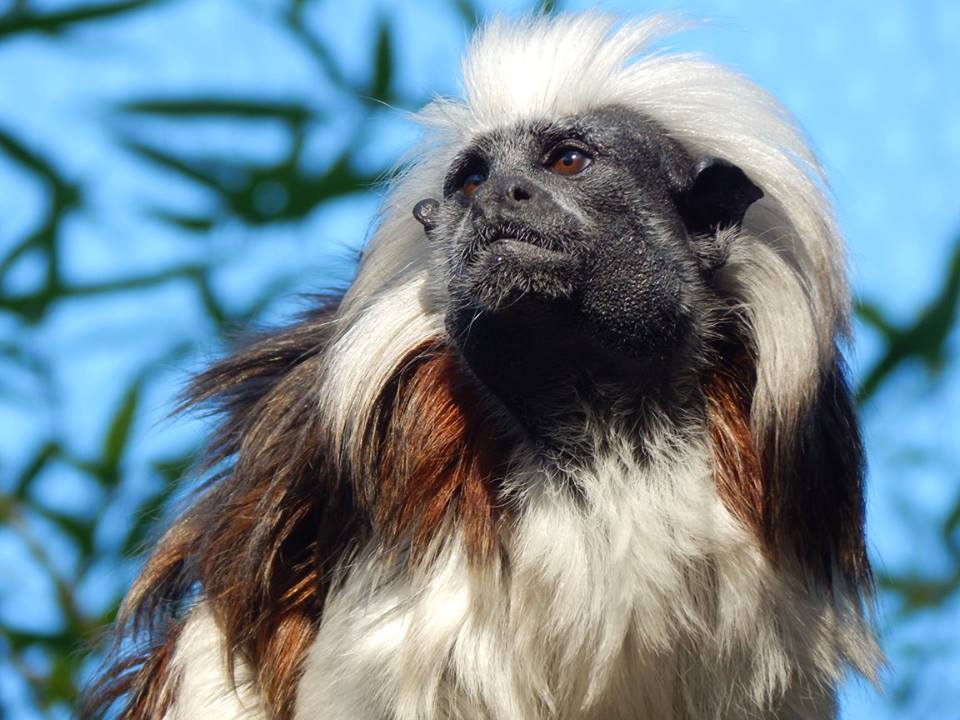
Proyecto Titi is a conservation organization working to protect the last cotton top tamarins. This small, critically endangered monkey exists only in one area of Colombia.
Next Posts
Social Media and Wildlife Trafficking
Social media enables a cycle of cruelty and suffering for primates and other wildlife. But you can help protect animals.
Wildlife Policy Overview: What is CITES and how does it help primates?
CITES, an international trade agreement, has a big impact on PASA members’ work. Here’s how it shapes wildlife policy and sanctuary practice.
Wildlife Crime Won’t Stop Him
Héritier Mpo helps PASA members in DRC rescue apes and monkeys. After wildlife criminals torched his offices he must rebuild.
Trophy Hunting Poses Threat to African Primates
PASA member sanctuaries rescue and care for both monkeys and apes. Although all primates have similarities, monkeys and apes differ in their appearance, geography, and intelligence.
Monkeys vs Apes: How are they different?
PASA member sanctuaries rescue and care for both monkeys and apes. Although all primates have similarities, monkeys and apes differ in their appearance, geography, and intelligence.
Four Chimps Find Sanctuary
Through the global pandemic, and even a coup attempt, PASA and our partners did not give up on these chimpanzees – read the amazing story!
Primate Species Spotlight: The Spot-Nosed Guenon
Get to you know Africa’s remarkable monkeys. Today we feature the spot-nosed guenon, a species found throughout Africa.
A Coalition to Disrupt the Illegal Wildlife Trade
The climate crisis is devastating African primates. Our new report investigates – and shows how sanctuaries are fighting back.
Sanctuaries in Africa Face Water Shortages
Sanctuaries and their communities are facing increased water shortages in Africa. That’s why PASA is working to find water access solutions.
The Climate Crisis Hits African Primates Hard
The climate crisis is devastating African primates. Our new report investigates – and shows how sanctuaries are fighting back.

